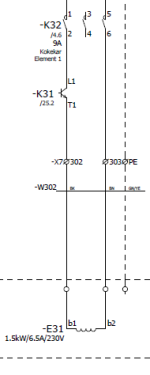Hi all!
Helping a co-worker out with a home brewing setup.
He wants an accurate temperature control, so we have divided up the element in two groups (1ph 230V), and I am wanting to use PWM.
I got that part to work, but was wondering about what frequency to use? I read conflicting things online, everywhere from 10Hz to 0.something Hz.
Anyone has any experience using PWM for smaller heating elements?
Helping a co-worker out with a home brewing setup.
He wants an accurate temperature control, so we have divided up the element in two groups (1ph 230V), and I am wanting to use PWM.
I got that part to work, but was wondering about what frequency to use? I read conflicting things online, everywhere from 10Hz to 0.something Hz.
Anyone has any experience using PWM for smaller heating elements?





